Iconic Fife and Tayside film locations feature prominently in a new VisitScotland guide.
St Andrews West Sands, where the opening titles of Chariots of Fire (1981) were shot and Crail Harbour which was used for A Shot at Glory (2001) are amongst the locations featured in the 52-page guide.
Other films mentioned with a Courier Country connection include Stone of Destiny (2008) which culminated with scenes shot at Arbroath Abbey, and The Descent (2005)/Descent Part 2 (2009) which featured Linn of Tummel and Dunkeld as locations.
The guide also features Under the Skin (2013) which saw Auchmithie chosen for its picturesque but rugged harbour in this screen adaptation of Michel Faber’s novel.
Meanwhile, Rob Roy (1995), starring Liam Neeson saw Drummond Castle Gardens double for the immaculately maintained gardens belonging to the Marquis of Montrose.
Launch by James Cosmo
Launching the guide on Friday November 4, Scottish acting legend James Cosmo spoke of the “magical quality of films shot in Scotland”.
The star of iconic Scottish films, Highlander, Braveheart and Trainspotting, and TV fantasy series, Game of Thrones, pens the foreword to the national tourism organisation’s revamped guidebook, Set in Scotland.
The guide book features more than 150 films which have been shot entirely or partially in Scotland – 46 more than the previous version first published in 2015 – and details more than 100 film locations.
It is available in VisitScotland iCentres across the country and can be downloaded from visitscotland.com.
Mr Cosmo said: “Throughout my career I have been privileged enough to be involved in many films that have made a real connection with audiences worldwide.
“People still come up to me while in Scotland and tell me they are here because they watched Scottish films such as Braveheart or Highlander.
“And what is wonderful, is that the films are only the starting point.
“They then form a strong connection with the real country – it may be because of their ancestors or the feeling they get while they’re here. That stays with them.”
Tay region a ‘popular choice’
Caroline Warburton, VisitScotland Regional Leadership Director, highlighted Star Wars tourism in 2019.
She said: “From blockbusters to cult classics, it is easy to see why the Tay region has long been a popular choice for film scouts looking to capture our amazing scenery, heritage and culture for global audiences.
“The resulting interest in these films not only boosts the local economy in the short-term but can provide an ongoing presence in popular culture – and streaming services – that can continue to reach new audiences and lead to visits long after a film’s release.
“As we celebrate Scotland’s Year of Stories, our new-look Set in Scotland will hopefully inspire visitors to explore the Tay region far beyond the film sets, and experience the people, the places, the history and culture, that have inspired many big screen storytellers.”
What is screen tourism?
Screen tourism – or set-jetting – is a global trend in which film fans are inspired to visit a location after seeing it on screen.
It comes in the form of visiting the exact film location or providing the general motivation to book a holiday to the destination. Outlander, for example, has seen visitors flock to locations in Fife.
VisitScotland hopes the new-look guide will offer further inspiration for visitors to explore across the regions, while providing a resource for the industry to create new experiences as part of Scotland’s national strategy to rebuild the visitor economy and ensure sustainable tourism thrives.
Previous research has shown that 17% of visitors from Scotland’s top international markets (USA, France and Germany) visit a film or TV location while on holiday in Scotland, while a recent Screen Scotland report valued screen tourism at £55 million to the national economy, based on those visiting film and TV locations, creating 1220 full-time jobs.
What does the brochure cover?
Set in Scotland covers the last 90 years, from Alfred Hitchcock’s 1935 version of The 39 Steps, in which UNESCO World Heritage Site, The Forth Bridge, appears, to The Road Dance, which was filmed on the Isle of Lewis in the Outer Hebrides during the pandemic and released in May this year.
Alien, Avengers, Batman, Fast & Furious, and James Bond, are among the global film franchises to have come to Scotland.
As part of the redesign, the guide labels each film by genre, features QR codes with links to film themed content on visitscotland.com, and contains a new section, Monarchs of the Glens, which focuses on those films linked to Scotland’s kings and queens, from Shakespeare’s Macbeth to the Oscar-winning The Queen.
To date, Scotland has appeared in five of the top 30 highest grossing films of all time, which have brought in a total of $10.6 billion* at the box office worldwide. Among them are Harry Potter and the Deathly Hallows: Part 2, and Skyfall.
For more on screen tourism and to download Set in Scotland: www.visitscotland.com/film
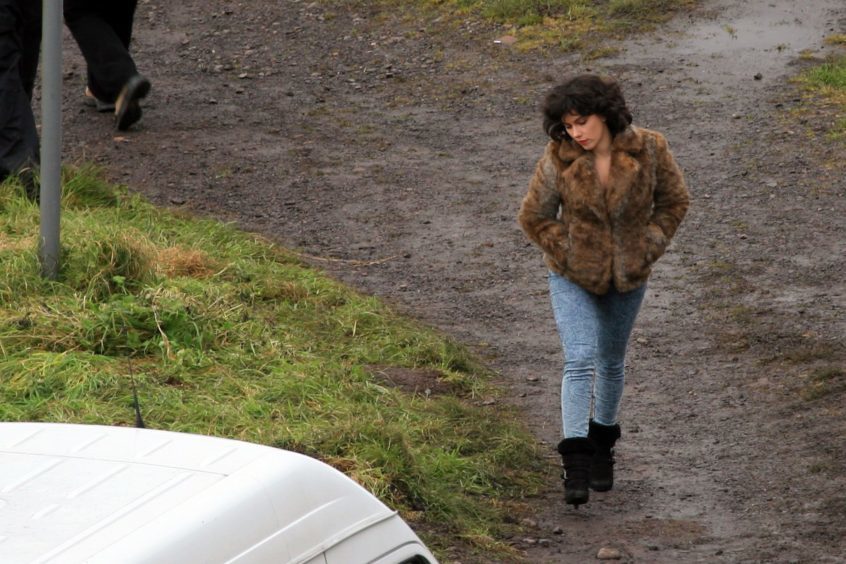

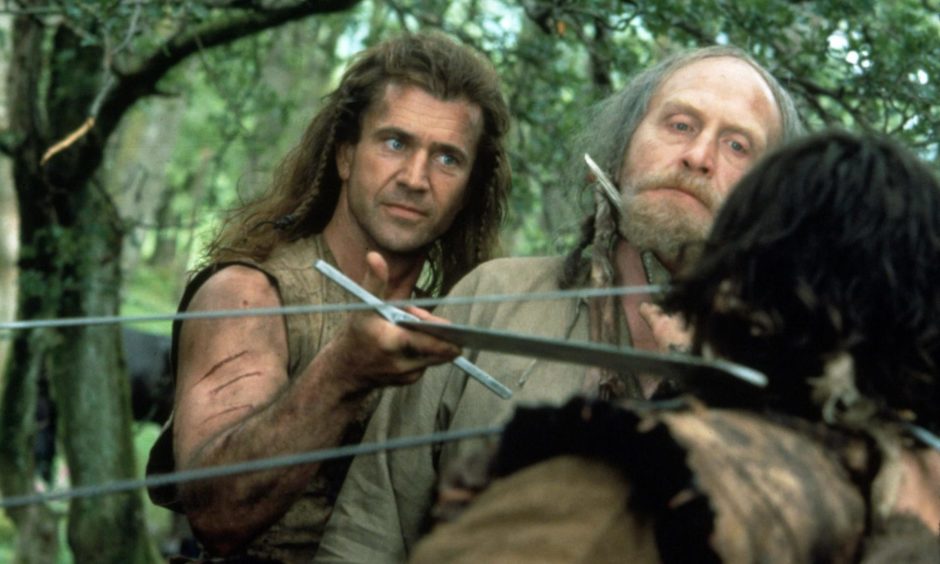
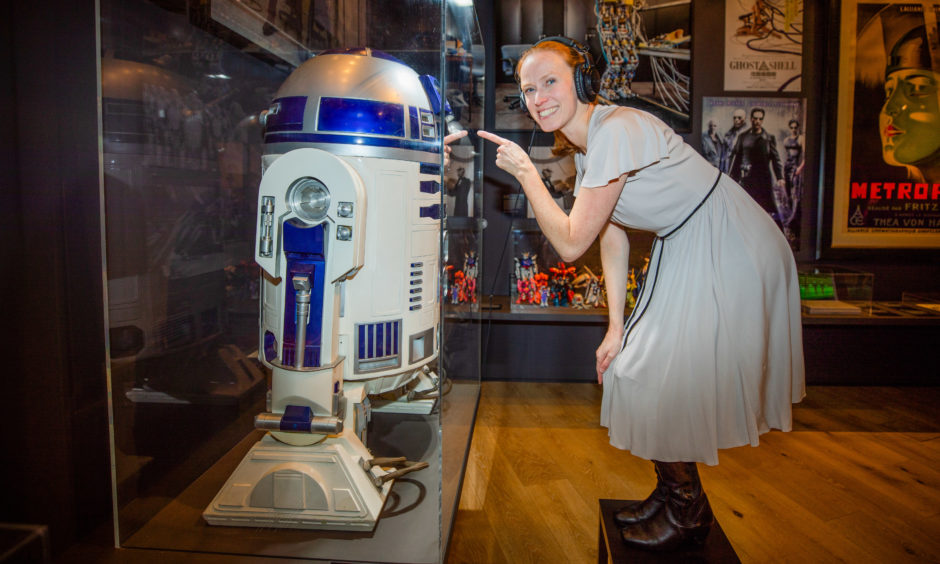
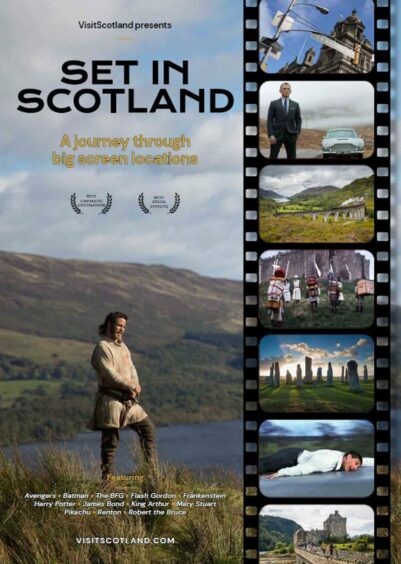
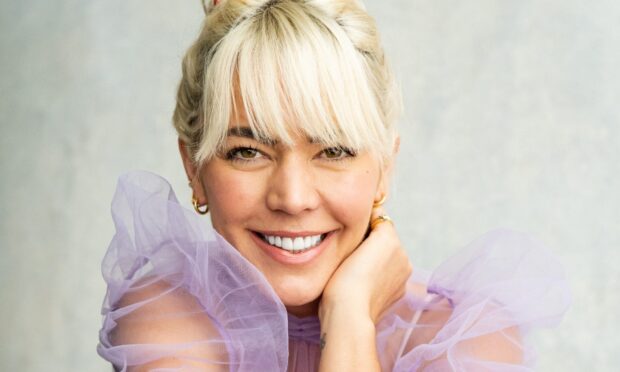
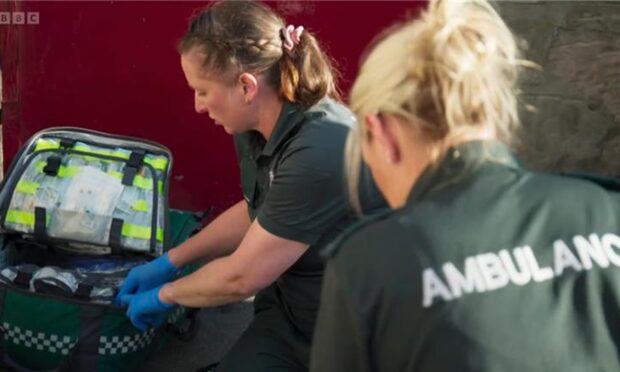
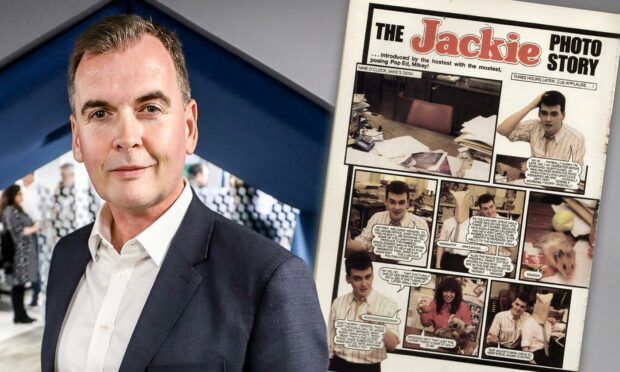
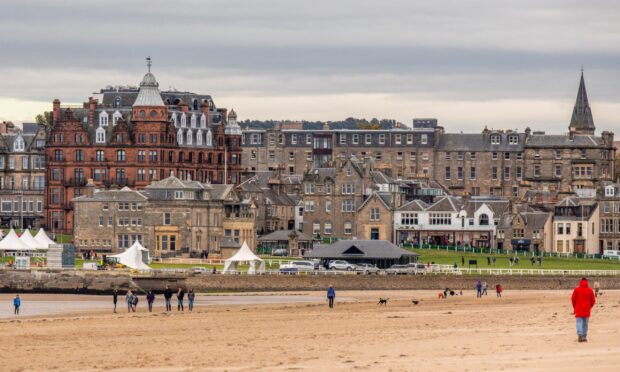

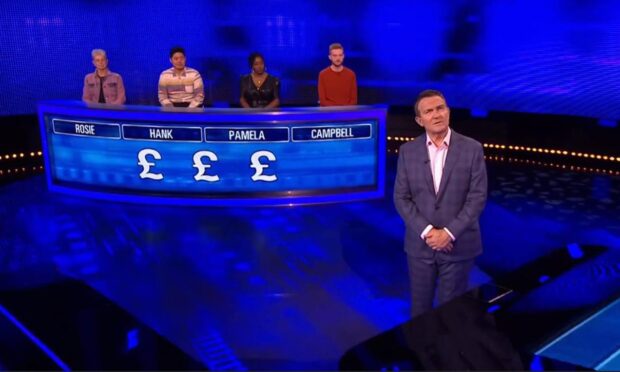
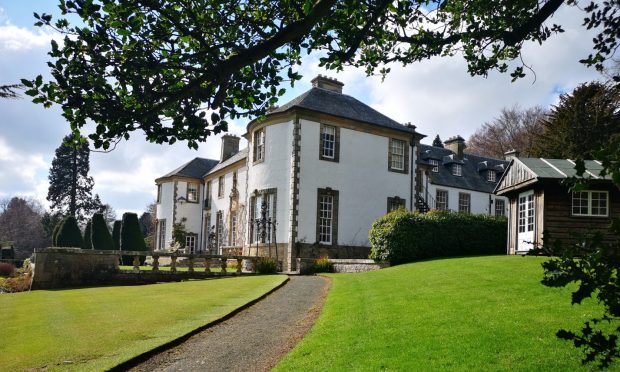
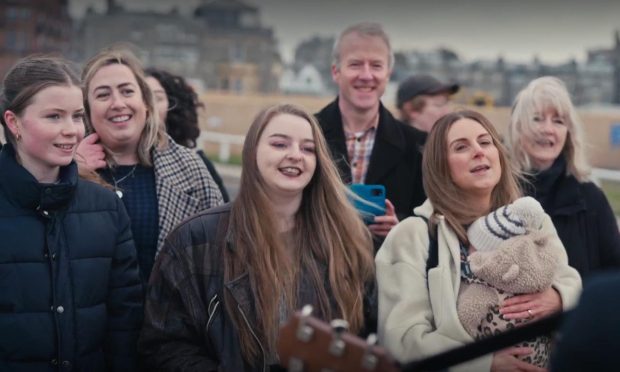
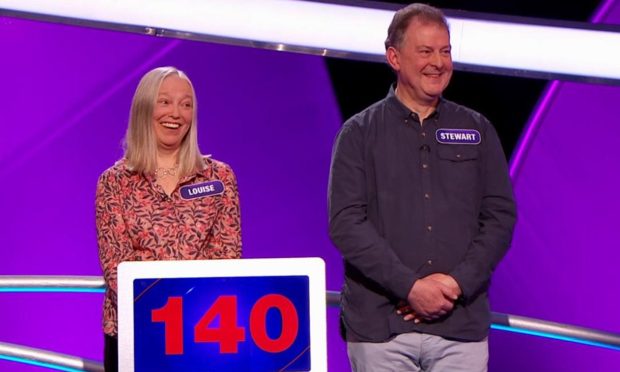
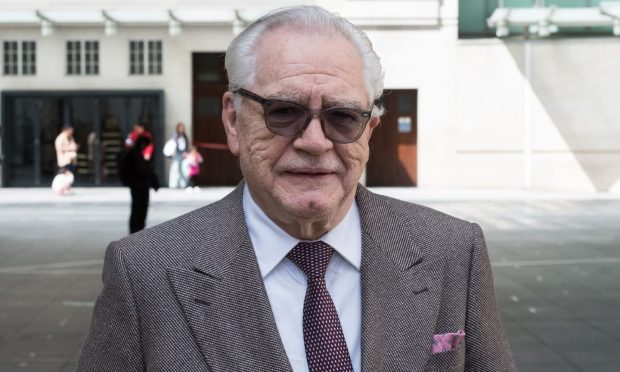
Conversation